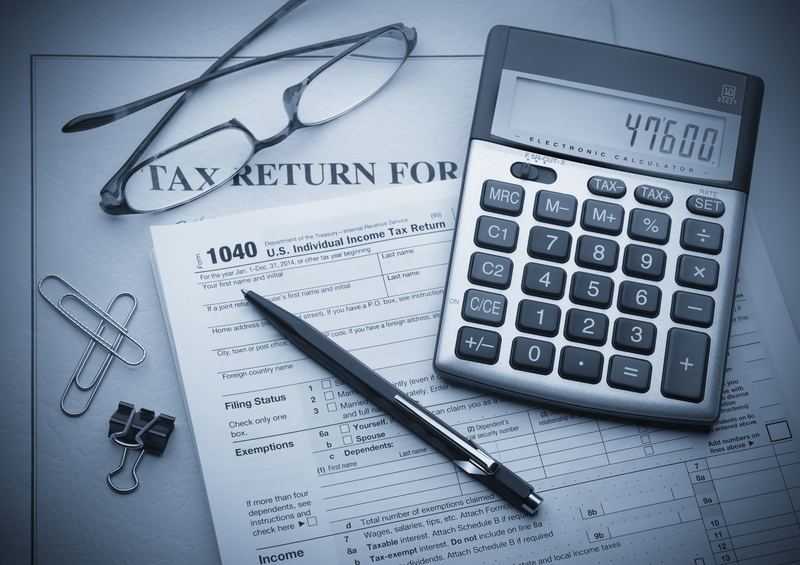Essential Advice for Moving a Piano Safely with Professional Help
Moving a piano is one of the most challenging tasks when it comes to relocating valuable household possessions. Whether you own an upright, baby grand, or concert grand piano, these instruments are heavy, delicate, and often irreplaceable due to their sentimental and monetary value. That's why it's vital to take every possible precaution to ensure your piano arrives at its new location in pristine condition. This comprehensive guide will walk you through everything you need to know about moving a piano safely with the assistance of professional movers, with a focus on minimizing risk and maximizing peace of mind.
Why Professional Help is Crucial for Piano Moving
It might be tempting to attempt a DIY piano move to save costs, but the risks far outweigh the potential savings. Professional piano movers bring specialized equipment, expert skills, and the experience needed to handle even the most challenging situations. Here are key reasons why it's essential to utilize professional assistance:
- Expert Knowledge: Movers specializing in pianos understand the unique challenges posed by different types and sizes of pianos.
- Proper Equipment: Professional movers employ custom dollies, padding, winches, and ramps not commonly available to homeowners.
- Insurance Coverage: A reputable moving company will be insured, providing you with protection in case of accidental damage during the move.
- Time and Stress Savings: Letting experts handle your piano relocation means you avoid personal injury risks and stressful guesswork.
Understanding the Complexity of Piano Moving
A typical upright piano can weigh anywhere from 300 to 800 pounds, while grand pianos can exceed 1,200 pounds. Moreover, pianos contain more than 10,000 moving parts, sensitive strings, and a precisely balanced structure. Even minor missteps during transportation can result in costly damage or irreparable harm. Professional piano moving companies know how to:
- Secure and protect delicate internal mechanisms
- Professionally pad and wrap exterior wood surfaces to prevent scratches
- Disassemble and reassemble key parts like pedals, music racks, and piano lids
- Safely maneuver large or awkward pianos through tight doorways, staircases, and elevators

Preparing for a Safe Piano Move
Preparation is the key to a smooth and secure piano relocation. By working closely with your chosen moving professionals, you can ensure that every detail is addressed, from initial assessment to arrival at your new home. Below are essential steps to prepare for the big day:
1. Choose a Reputable Piano Moving Specialist
Research local movers that specialize in piano transport. Start by checking reviews on Google, Yelp, or specialized directories. Verify their credentials and ask if they are insured and bonded, which highlights their professionalism and care. Request references or customer testimonials if possible, and ensure you receive a clear, written estimate that includes all services and fees.
2. Provide Accurate Information About Your Piano
Inform your movers about the type, size, and model of your piano. Is it a spinet, console, studio upright, baby grand, or concert grand? The size will impact what equipment is needed and how many movers should be assigned. If your piano has any existing damage or repairs, make sure to tell the moving company so they can document the current condition. Providing photos can be especially helpful.
3. Assess the Environment
Piano professionals will usually conduct an in-person or virtual assessment of your current and new location. If not, consider providing the following to your movers:
- Detailed photos or videos of entryways, hallways, and staircases
- Measurements of doors, elevators, and tight corners
- Description of any obstacles (ramps, thresholds, uneven ground, etc.)
- Information about parking accessibility for moving trucks
4. Schedule the Move Strategically
Choose a moving date when weather conditions are favorable to avoid moisture, snow, or extreme heat, which can affect your piano's finish and internal workings. If possible, schedule your piano move as the first or only item of the day for your moving crew, ensuring they are fresh and focused.
How Professional Movers Handle the Piano Moving Process
Moving a piano safely isn't just a matter of strength--a successful move requires skill, patience, and well-practiced teamwork. Here's what to expect when hiring professionals:
Step 1: Disassembly and Wrapping
- Removable parts, such as music stands, pedal assemblies, or legs (on grand pianos) are detached to prevent damage.
- Piano movers wrap the piano in thick padding and secure it with industrial-grade stretch wrap.
- Edges, keys, and pedals receive extra padding with specialized covers.
Step 2: Lifting and Loading
- Professionals use customized piano dollies or skids to safely lift and move the piano.
- At least three to four movers coordinate the lift to ensure balance and control.
- Pianos are kept upright and never tilted more than necessary to prevent internal damage.
Step 3: Transport
- The piano is securely loaded into a truck with tie-down straps.
- Movers may use ramps or cranes for stairways or elevated entries, ensuring the piano remains stable at all times.
- Climate control is considered, especially for long-distance moves.
Step 4: Reassembly and Placement
- On arrival, the team carefully unloads, reassembles, and places the piano at its new location.
- They'll make sure the piano is level and not placed near heat sources, windows, or direct sunlight, preserving its integrity.
- The team will remove all wrappings, check for visible damage, and offer tips for piano acclimatization in its new environment.
Tips for Ensuring a Successful Piano Relocation
Below are the most critical pieces of advice for anyone preparing to move a piano with the help of professionals:
- Double-Check Insurance Coverage: Confirm with the moving company (and your homeowner's insurance) that your piano is covered for the full replacement value in case of an accident.
- Label Fragile Components: Communicate clearly about items that are especially delicate, and mark pedals or music racks as "fragile."
- Protect the Surrounding Area: Remove rugs, lamps, and decorations from the intended moving path to prevent tripping hazards.
- Lock the Keyboard Lid: If your piano has a lockable lid, secure it before moving to prevent accidental opening and key damage.
- Provide Easy Access: Reserve nearby parking, unlock doors, and keep pets or children away from the movers' path.
After the Move: Piano Care and Tuning
*Even with the most careful move, pianos often require tuning after relocation.* Changes in humidity, temperature, and physical movement can affect your piano's pitch and action. Wait at least 2-4 weeks for the piano to adjust to its new space, then contact a professional tuner. Regular maintenance will help preserve sound quality and extend your instrument's life.
Variations on Piano Moving Services
Not every move is the same, so consider which piano moving services fit your needs best:
- Long-Distance Piano Moving: For moves between cities or states, select a specialized mover accustomed to climate-controlled transport and complex logistics.
- Local Piano Moving: Local specialists often offer faster turnarounds and are more familiar with neighborhood access challenges.
- Storage Solutions: If you need to store your piano during a move, choose a climate-controlled storage facility with secure, padded handling.
- Piano Hoisting: For homes with tight staircases or high floors, professional movers may recommend hoisting the piano through a large window or balcony.
Choosing the Right Professional Piano Movers
When it comes to selecting the best professionals for your piano relocation, focus on:
- Experience: How many years has the company specialized in piano moving?
- Reputation: Are there positive reviews and detailed customer testimonials available?
- Transparency: Does the moving company provide clear explanations of services, costs, and insurance coverage?
- Communication: Are they responsive, detail-oriented, and ready to answer your questions from the initial quote to delivery?
Common Mistakes to Avoid During a Piano Move
- Underestimating the Required Manpower: Never attempt to move a piano with too few people or insufficient tools.
- Improvising with Home Equipment: Don't substitute proper moving dollies or straps with makeshift tools.
- Skipping Professional Evaluation: Failing to assess both properties for obstacles can lead to dangerous situations and preventable damage.
- Rushing the Job: Take the necessary time to prepare and double-check every detail for a safe, smooth move.

Frequently Asked Questions About Professional Piano Moving
How much does it cost to move a piano with professional help?
The cost varies based on distance, piano size, accessibility, necessary equipment, and insurance. Local moves generally range from $150 to $500, while long-distance or specialty moves can exceed $1,000. Always request an in-person estimate for accuracy.
Is it safe to leave a piano in storage?
Yes, provided the storage is climate-controlled and the facility specializes in piano or instrument storage. Humidity and temperature fluctuations can damage both the wood and internal mechanisms.
Can all movers handle a piano move?
No--always seek out experienced piano movers with the proper equipment and training. Standard moving companies may not have the resources or knowledge to guarantee your piano's safety.
Do I need to tune my piano after a move?
Yes. Allow 2-4 weeks for your piano to acclimate to its new environment, then schedule a professional tuning session to restore optimal sound and playability.
Final Thoughts: Moving Your Piano Safely with Professionals
Whether you're a professional musician, dedicated hobbyist, or caretaker of a family heirloom, relocating a piano is a task that demands expertise, precision, and the right team. By following the essential advice outlined in this guide, you'll ensure your piano receives the best care possible during every step of the journey. Trust professional movers for a safe, smooth, and stress-free piano relocation. Remember, safeguarding your cherished instrument isn't just about moving--it's about preserving its legacy for generations to come.
Ready to move your piano with confidence? Contact professional piano movers near you for a customized quote and ensure your instrument's safety with seasoned experts by your side.